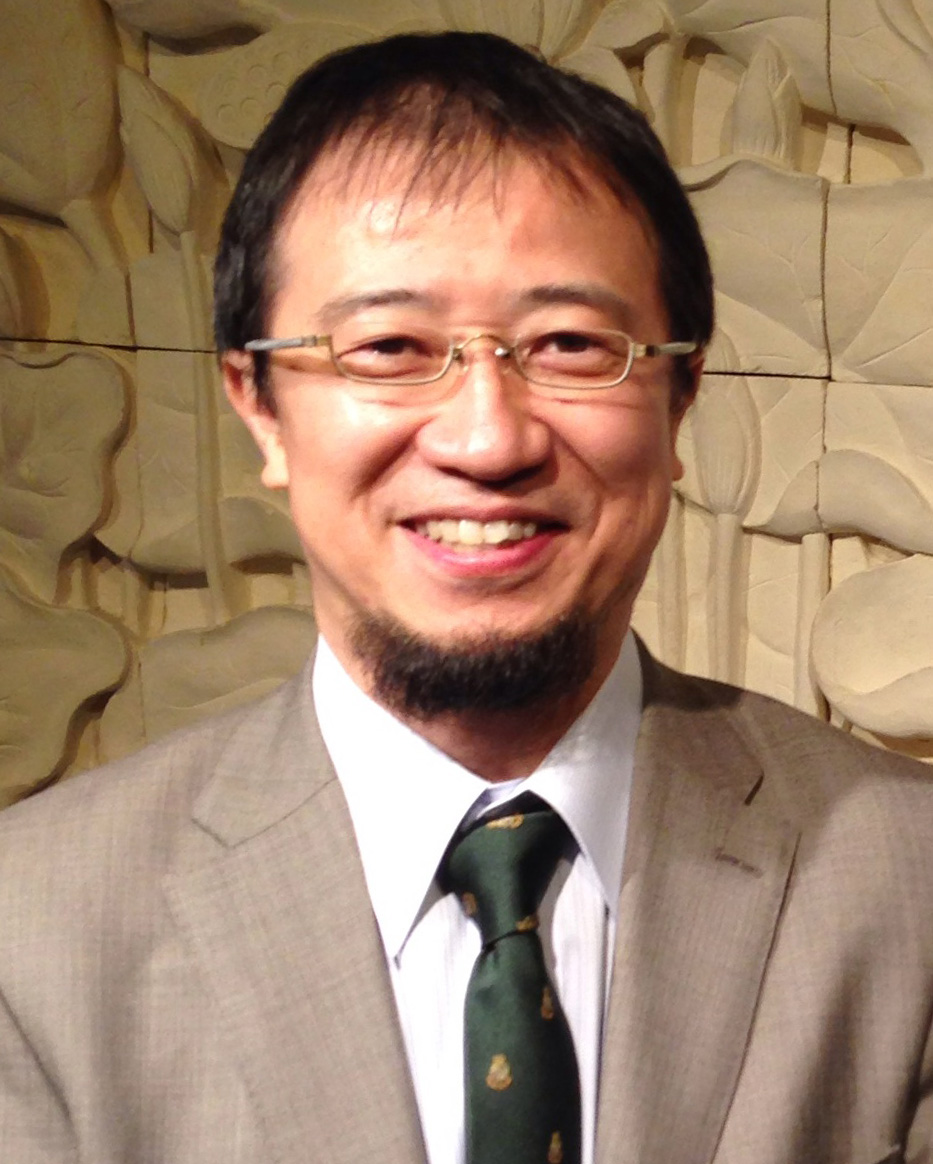Description
We are reporting on our efforts to improve the results of posterior instability in PCL reconstruction. Eighteen knees in 18 patients underwent PCL reconstruction between 2015 and 2021 and were followed up for at least 12 months. The surgical procedure involved using the Hokudai-style hybrid graft, utilizing two hamstring tendons and securing them with double staples on both the tibial and femoral sides, initially tensioned to 80 N, through two skin incisions. Eleven knees in the HAM group were fixed using the conventional fixation technique, while seven knees in the HAM-TR group were fixed with direct traction using K-wire during the initial fixation with maximum manual anterior stress. The posterior translation of the tibia was assessed by measuring the side-to-side difference in the gravity sag view at 90-degree flexion using X-rays. We compared these measurements before surgery, at 3 months, 6 months, 9 months, 12 months, and the final follow-up between the two groups. Additionally, we analyzed the changes between 3-6 months, 6-9 months, and 9-12 months.
Results: The side-to-side difference in posterior translation was significantly lower at 3, 6, 9, 12 months, and the final period in both groups compared to preoperatively. The difference between the two groups was not significant in the preoperative period (p=0.78), but it became significantly lower at 3, 6, 9, 12 months, and during the final period compared to the preoperative period (3M: p=0.031, 6M: p=0.024, 9M: p=0.042, 12M: p=0.0014, final: p<0.001). The change in the HAM-TR group was more favorable than that in the TR group, although both groups showed a similar trend. The largest changes occurred between 3 and 6 months for both groups. Both groups exhibited similar trends, but the HAM-TR group showed a more favorable trend.




